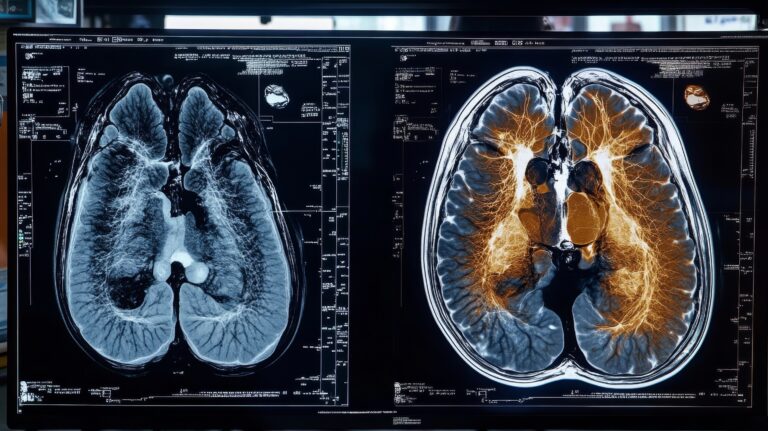Angiography
Angiography is a medical procedure that uses X-rays to examine blood vessels, especially to determine if the patient has a blockage in a coronary artery. This technique can show blood vessels more clearly on X-rays by injecting a dye into the patient’s bloodstream. The X-ray images created during this process are called angiograms.
A further technique, computed tomography coronary angiography (CTCA), can be used to see images inside the artery. Before the images are taken, a contrast dye is injected into a vein, highlighting any blockages in the coronary arteries. The computed tomography coronary angiography method provides excellent sensitivity of at least 99%. It gives a negative predictive value (the probability that the patient with a negative screening test genuinely doesn’t have the disease) of 97% in detecting coronary artery disease.
Over the past decade, advancements in angiography have increased gantry spin times and faster single heartbeat scanning, including improving a temporal resolution to reduce radiation exposure. The increased gantry spin times and multidetector technology have enabled specific algorithms that allow whole-heart scanning in a single heartbeat. This is demonstrated by the reduced time required for a single rotation of an X-ray tube by increasing the gantry spin times.
This procedure effectively reduces by 50% by introducing a second X-ray tube. The patient is then transported through the z-axis to cover the whole heart in a single acquisition to produce the angiogram.
In addition, other angiography machines can increase the number of detector rows from 256 to 320 slices, allowing coverage of the entire heart in a single acquisition. The advantage of this approach is that the X-ray tube is only on for a short time, reducing the artefacts during the whole image acquisition in one sequence.
Most CTCA machines have the above features, and some include a heart rate control function to reduce the effective radiation dose. CTCA is now recommended as the first-line investigation for patients with typical or atypical chest pain.
You are here:
home » angiography

